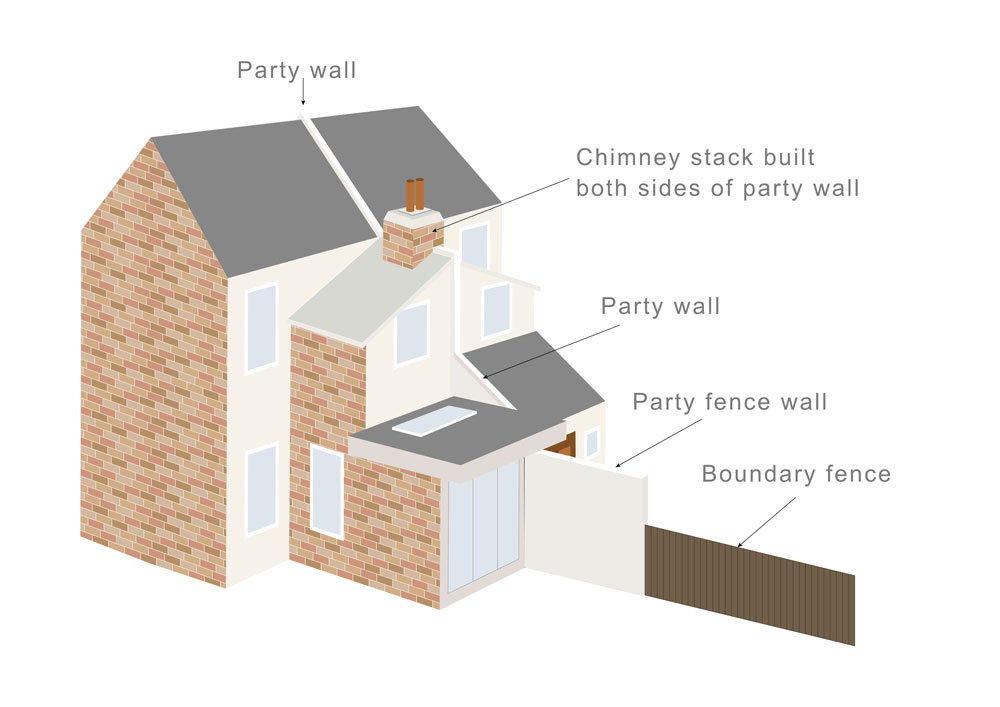
August 16, 2024
The Right To Roam: Understand Your Legal Rights And Responsibilities
The Right To Roam: Understand Your Rights And Responsibilities As a homeowner or purchaser, it is important to recognize any type of easements that might influence the land in question. An understanding of easements can help in making informed choices concerning property deals, along with dealing with any type of disagreements that may develop. However, involving the services of a professional attorney can further guarantee that your residential or commercial property legal rights and interests are well-protected under English regulation. Easements play an important role in the world of English residential property legislation, affecting the rights and obligations of landowners and forming the method land is used. Understanding the idea of easement is essential for property owners, prospective buyers, and legal professionals.- A law can permit a neighbor momentary access to an adjacent landowner's building to make needed repair services.
- For that reason, you can not obstruct a driver's vision, interfere with making use of the sidewalk, trigger the walkway to split from roots, or hinder any type of public utilities in the Right of way.
- As a real-world instance, I was showing a home in Tewksbury MA today that had an utility easement going through the center of the tiny yard.
- Generally, staffs take care, and the damage to landscaping is very little and can be conveniently fixed.
- A right of way makes sure that needed gain access to is offered to residential or commercial properties that may or else be landlocked or absence convenient accessibility to public roads, energies, or various other necessary services.
Exactly How An Easement Works
For instance, an easement may be given by one homeowner to one more, in order to facilitate accessibility to traditionally vital public forest or a river utilized for fishing. It's also crucial to take into consideration the general public right-of-way-- known as 'the right to wander.' This is normally provided for either factors. Either the landowner has actually permitted, or the neighborhood area has traditionally utilized the right-of-way for years.What Is A Right-of-way Easement?
Defining who owns right-of-way property, what locations the arrangement covers, who can make use of these locations and why, that is responsible for their maintenance and more will certainly aid protect against misunderstandings or disputes. An easement is a lawful designation in which access to a piece of land is granted to a particular person, home, or company for a certain purpose. While the title to the land continues to be with the homeowner, another person is provided the right to utilize that land, frequently to provide accessibility to a building that is removed from the main road. The only exception to this is that a private with an impairment may make use of any type of lorry or vessel adjusted to their usage to exercise their access legal rights. While landowners can not limit individuals from exercising public access legal rights on land to which the 2003 Act uses, it might be legal to avoid certain kinds of website traffic if the land would be especially damaged by this web traffic. This arrangement permits a single person to take a trip throughout someone else's residential or commercial property. A private right-of-way might include allowing your neighbor to cut across your yard to make it much easier for him to access his residential property or a public roadway.Department Press Briefing – July 24, 2024 - Department of State
Department Press Briefing – July 24, 2024.
Posted: Tue, 09 Jul 2024 07:00:00 GMT [source]


Can a landowner obstruct a right of way in the Philippines?
The holder of this right can not be arbitrarily limited by the property owner from utilizing the easement, specifically if it has been provided by a court of law.
Social Links